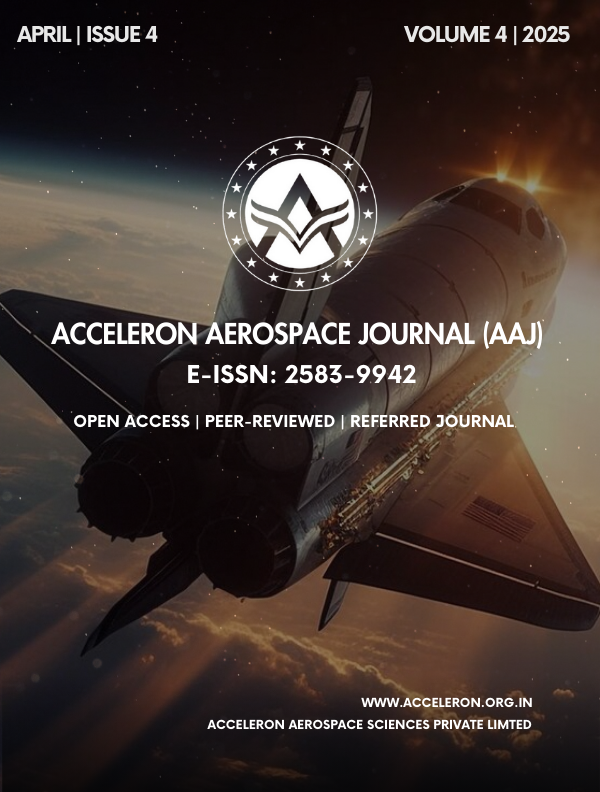Unveiling the Secondary Flow Interface: Enhancing Gas Turbine Blade Stage Efficiency
DOI:
https://doi.org/10.61359/11.2106-2523Keywords:
Secondary Flow Interface, Enhancing Gas, Turbine Blade Stage Efficiency, CFD, Gas TurbinesAbstract
This study investigates the intricate dynamics of secondary flow interactions within the blade stage of a gas turbine and their profound impact on aerodynamic performance and operational efficiency in aerospace propulsion systems. High-fidelity computational fluid dynamics (CFD) simulations were conducted on a dual-rotor, dual-stator configuration to analyze airflow behavior, revealing significant pressure gradients, velocity variations, and vorticity patterns. These secondary flow structures contribute to aerodynamic losses, reducing turbine efficiency and influencing thermal management. The findings highlight the critical role of secondary effects in determining overall turbine performance and provide valuable insights into optimizing blade geometries and flow control strategies. This research establishes a foundation for the development of next-generation gas turbines with improved aerodynamic efficiency and reduced energy dissipation.
Downloads
Downloads
Published
How to Cite
Issue
Section
Categories
License
Copyright (c) 2025 Acceleron Aerospace Journal

This work is licensed under a Creative Commons Attribution 4.0 International License.
The Acceleron Aerospace Journal, with ISSN 2583-9942, uses the CC BY 4.0 International License. You're free to share and adapt its content, as long as you provide proper attribution to the original work.





